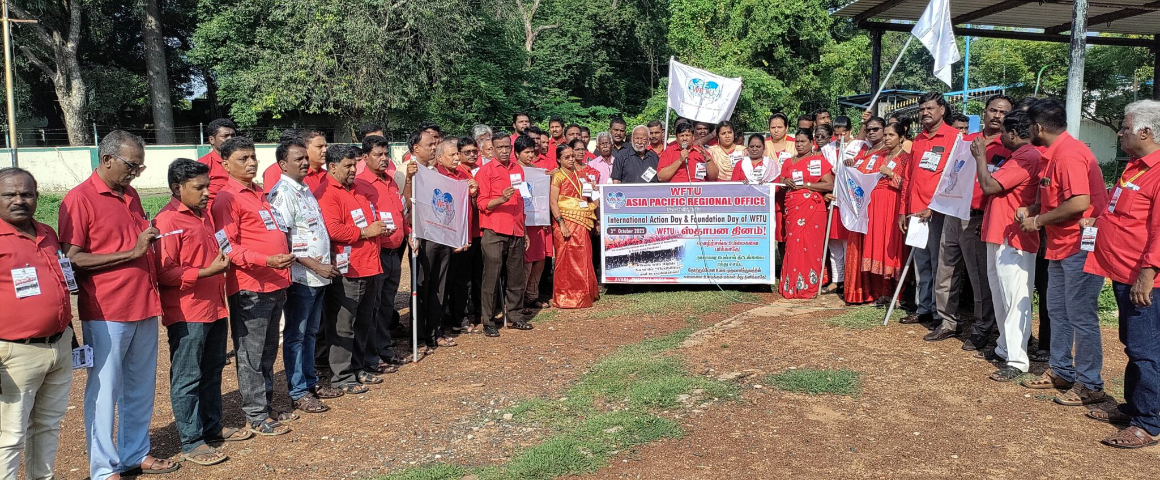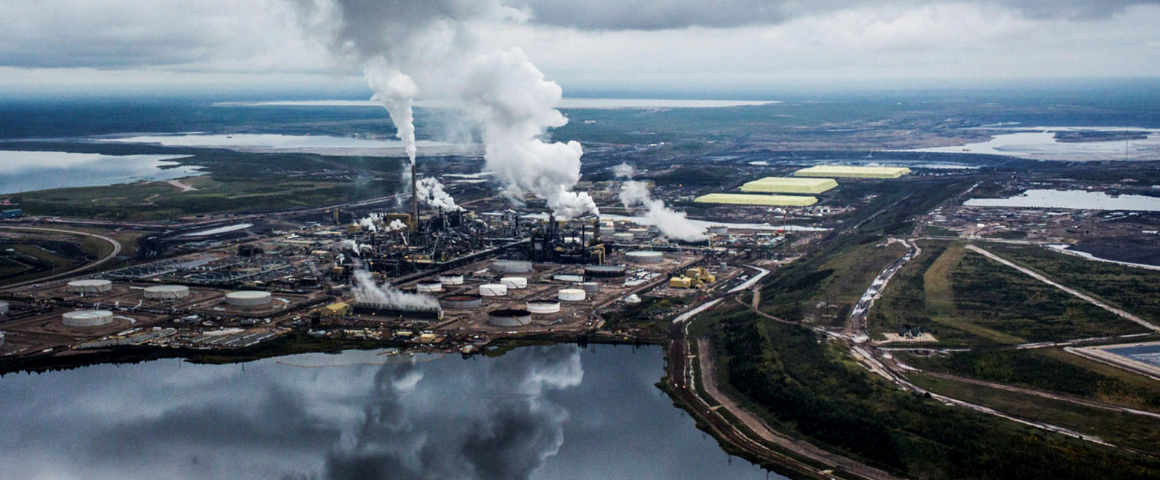Excerpts from the executive summary of “Demilitarization for Deep Decarbonization: Reducing Militarism and Military Expenditures to Invest in the UN Green Climate Fund and to Create Low-Carbon Economies and Resilient Communities,” a draft working paper by Tamara Lorincz, Senior Researcher, International Peace Bureau, September 2014. To read the full paper, visit the Bureau’s website, at http://ipb.org
Not only have carbon emissions increased for the past ten years, so too have military expenditures to a record high. The Stockholm International Peace Research Institute estimated that global military spending was $839 billion in 2001 and rose to $1.6 trillion in 2011 – a 92% increase.
The U.S. and its allies have spent trillions of dollars financing their deadly and destructive wars in Iraq and Afghanistan. These wars have had terrible social, economic and environmental costs and have made global warming much worse. Expensive weapons systems such as fighter jets, destroyers, and tanks are extremely energy inefficient and emit highly toxic, carbon-intense emissions. Oil Change International estimated that the U.S. military emitted 100 million metric tonnes of CO2 in fuelling its war in Iraq in five years.
The U.S. Department of Defense is the largest industrial consumer of fossil fuels in the world. It is also the top arms exporter and military spender at $640 billion, which accounts for 37% of the total. Other western countries that are top military spenders like the United Kingdom, Australia and Canada, have high carbon emissions per capita.
Military expenditures are depriving the international community of the funds desperately needed to mitigate and adapt to the climate crisis. Over the past two decades, the developed countries have provided a paltry $12.5 billion for the Global Environmental Facility, one of the first funding mechanisms under the United Nations Framework Convention on Climate (UNFCCC). In ten years, the Adaptation Fund has only disbursed $150 million to help developing countries, which are the most vulnerable and least responsible for climate change. In 2009 at the UNFCCC 15th Conference of the Parties (COP) in Copenhagen, developed countries made a commitment to raise $100 billion annually by 2020 for the Green Climate Fund to finance the national adaptation plans for developing countries. This is less than 1% of global annual military expenditures. Yet, wealthy, industrialized countries have failed to make adequate pledges to pay their climate debt.
The report shows the different pathways that countries can take to reach net zero emissions with a mixed renewable energy system. However, the IPCC and the DDPP failed to include the fuel consumption and carbon emissions for the military in their calculations and analysis. According to the UNFCCC reporting guidelines, most of the military sector’s fuel consumption and emissions are excluded from national greenhouse gas inventories.
While the military’s domestic fuel use is reported, international marine and aviation bunker fuels used on naval vessels and fighter aircraft outside national borders are not included in a country’s fuel and GHG total. The exemption of the military sector in calculations and reporting is because of the intense lobbying by the United States during the Kyoto Protocol negotiations in the mid-1990s. Since then, the military’s carbon “bootprint” has been ignored. There is no mention of the military sector’s emissions in the fifth and latest IPCC assessment report. Without complete and transparent information about the emissions and impacts in the military sector, it will not be possible to develop and implement the mitigation and adaptation strategies needed to stabilize the climate. Though, the IPCC and DDPP have argued for decarbonization that supports sustainable development, they overlook one of the most carbon-intensive and environmentally-destructive sectors.
The problem of military expenditures and emissions must be confronted not only by the IPCC and the DDPP, but the entire international community. We need to answer some basic questions: Why is spending for the military prioritized over spending on the climate and the environment? How much of the global carbon budget, if any amount, should be allocated to the military? And should the limited supply of fossil fuels be burned to build new weapons, drop bigger bombs, and fight more wars?
The International Peace Bureau argues that war must stop for global warming to slow down. Military expenditures must be reduced and re-directed for climate finance to create low carbon economies and climate-resilient communities. Disarmament must take place alongside mitigation and adaptation. The military is the problem, not the solution to the climate crisis.
Recommendations:
1. Disarm and demilitarize for climate justice and sustainable development. In 2004, a UN Group of Governmental Experts released a report, The Relationship between Disarmament and Development in the Current International Context, and advocated for the mainstreaming of the disarmament-development relationship. Thus, an integrated parallel process of disarmament and demilitarization must be pursued alongside climate mitigation and adaptation and the post-2015 development agenda.
2. Reduce and re-direct military spending to climate finance and research, development, demonstration and deployment (RDD&D). The International Energy Agency (IEA) calculated that the total additional investment needs for mitigation for the period 2010-2050 are US $45 trillion. The IEA also estimated that funding for climate RDD&D requires a two to five fold increase to $40-90 billion annually. Combined, this is approximately $1 trillion a year for mitigation and research for the next forty years and roughly equivalent to annual military expenditures.
3. Mitigate and adapt to prevent the drastic impacts of climate change in the Arctic, stop its industrialization and militarization. Countries, such as Russia, the United States, and Canada have plans for increased natural resource development and shipping in the Arctic. These countries are also modernizing their navies for the Arctic environment. Yet to protect this fragile ecosystem and stay within the carbon budget, oil and gas should stay under the ice. The region should be demilitarized, declared a nuclear-weapons free zone and a zone of peace.
4. Convert defence industries into civilian, green industries to create a low-carbon economy. The UN Group of Governmental Experts’ 2004 report, recommended that conversion should be encouraged for disarmament and development. To tackle the climate crisis, a conversion plan would help lay the foundation for building a green economy. A University of Massachusetts report found that more jobs could be created with $1 billion in government expenditures in health care, education, and construction than in the military.
5. Abolish nuclear weapons and avoid nuclear energy. Due to the inherent link with nuclear weapons, nuclear power as a pathway to a low-carbon future should be avoided by the DDPP. Nuclear power risks cost-overruns and accidents. In its report, Nuclear Weapons Cost Study, Global Zero estimated that world spending to date on nuclear weapons exceeded one trillion dollars per decade and predicted that another trillion dollars will be spent over the next decade as countries modernize their arsenals.
6. Integrate cooperation, peacebuilding and nonviolence for climate-resilient communities. Cooperation is necessary to stay within the carbon budget in an equitable and just way. The UNFCCC has established the cooperative architecture of diplomacy and the rule of law to peacefully resolve climate conflict. At the local level, peacebuilding and nonviolent conflict resolution help to ensure climate resiliency in communities. Climate change must not be securitized as a threat multiplier that requires a robust military response.



